When I first started getting serious about fitness, I was overwhelmed by all the advice out there on nutrition. It felt like every day there was something new to think about, whether it was a trending diet or another “must-have” supplement. I realized that what worked for one person wasn’t necessarily right for me. That’s when I decided to create my own personalized diet plan. It wasn’t easy, but it was absolutely worth it.
If you’re in the same boat, trying to figure out how to fuel yourself better for your sport, let’s break it down together. Here’s how to go step by step to craft a diet plan that works just for you. After all, no one knows your body better than you do.
Key Takeaways
Step 1 – Take a Look at Your Current Eating Habits
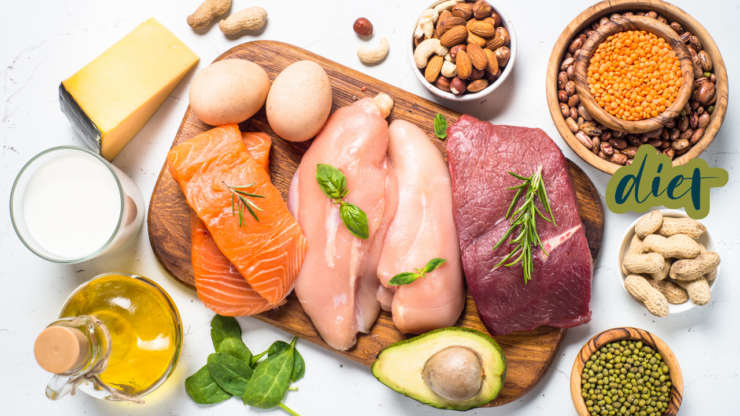
Before making any big changes, it’s important to know where you’re starting. Think of it like setting your baseline. Begin by tracking everything you eat for at least a week. Don’t worry about eating perfectly during this time, just capture your usual routine.
Look out for:
Key Questions to Consider
- Do you snack out of boredom or actual hunger?
- Are there any foods that you feel give you energy (or drain it)?
- How often do you hydrate?
- Once you know where you stand, you can move on to setting goals.
Step 2 – Set Realistic, Sport-Specific Goals
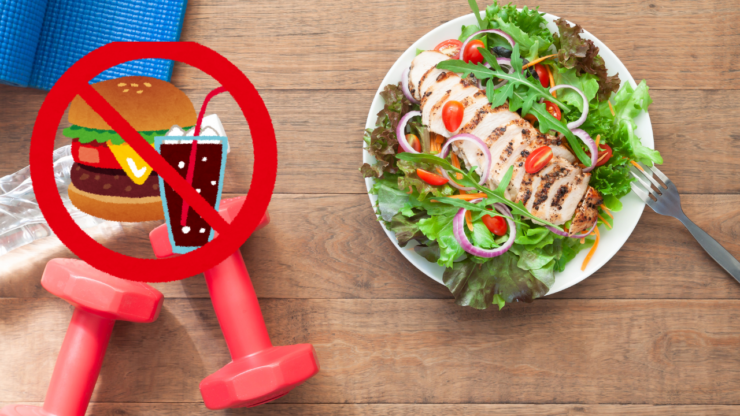
Think about what you’re hoping to achieve. Everyone’s goals are different, and they should guide how you shape your diet plan.
Your goals should be specific, realistic, and tied directly to your sport. For instance, if you’re aiming for muscle gain, you’ll need more protein and calories. If you want to shed a few pounds while maintaining energy, you’ll need to be mindful of your carbohydrate intake without cutting them too much. For additional guidance on sports nutrition and how it can align with your athletic goals, consider exploring certification options through ASFA.
Step 3 – Consider Your Unique Needs
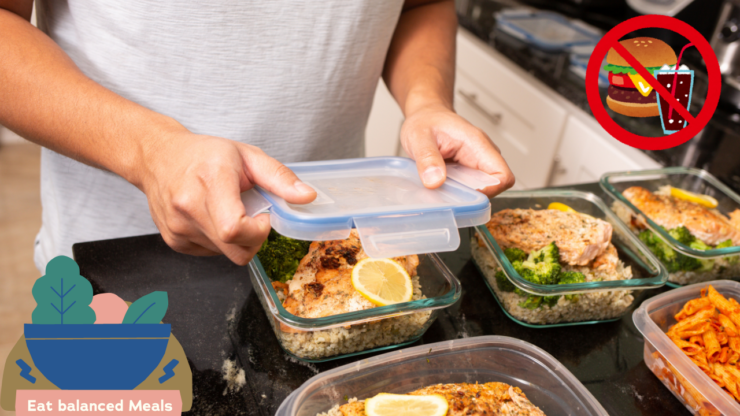
| Factor | Consideration |
| Age | Older athletes may need more protein to maintain muscle mass, and may have different caloric needs than younger athletes. |
| Gender | Men and women have different energy needs, so adjust caloric intake accordingly. |
| Activity level | Highly active individuals need more calories than those with lower activity levels. |
| Food preferences | Your diet should reflect foods you enjoy; don’t force foods you dislike, find alternatives. |
If you’re unsure about specific needs, a dietitian can help ensure you’re covering all the bases, but even just listening to your body can be a great guide.
Step 4 – Plan Balanced Meals

Now it’s time to start crafting your meals. When creating a meal plan, focus on nutrient-dense foods that will give you energy without the crash. You want a balance of carbohydrates, proteins, fats, and plenty of hydration.
Carbohydrates
Carbs are the body’s preferred source of fuel, especially when training hard. Depending on your sport, your carb intake should be adjusted accordingly:
- General training: 5-7 grams of carbs per kg of body weight per day.
- Endurance athletes: 7-10 grams of carbs per kg of body weight per day.
Good sources include:
Fruits and vegetables (think sweet potatoes, broccoli, squash)
Whole grains (quinoa, brown rice, high-fiber cereals)
Protein
Protein is essential for muscle repair, especially after intense exercise. Great protein options are eggs, dairy products like Greek yogurt, lean meats, fish, tofu, beans, and lentils. The amount of protein you need depends on your level of activity.
- General adult recommendations: 0.8 grams of protein per kg of body weight per day.
- Highly active individuals: 1.4-2.0 grams of protein per kg of body weight per day.
Healthy Fats
Fats play a crucial role in hormone production and long-lasting energy. About 30% of your daily caloric intake should come from fats, focusing on healthy sources like avocados, nuts, seeds, olive oil, and fatty fish like salmon.
Hydration and Electrolytes – The Often-Overlooked Component
Water is often underrated, but it’s absolutely essential for athletic performance. As an athlete, you can lose anywhere from 6-10% of your body weight through sweat. If you’re not replenishing fluids, you’re not just dehydrated—you’re likely underperforming.
Make sure to drink water consistently throughout the day and to use sports drinks during long, intense workouts to replace lost electrolytes.
Step 5 – Track Progress and Be Flexible
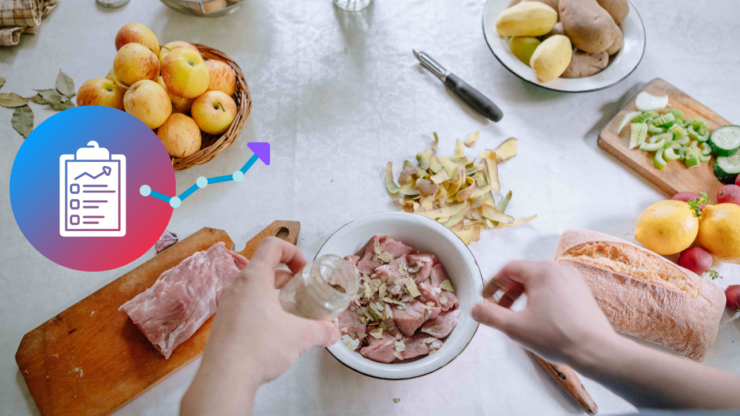
Even with a solid plan, things change. You might find that what worked well in the off-season isn’t cutting it during the height of training, or you may realize that a certain food just doesn’t sit well with you. That’s okay—your body is constantly evolving, and so should your diet plan.
Tracking your progress can help you see what’s working and what needs tweaking. Apps, food diaries, or just paying attention to how you feel can be great ways to keep tabs on your progress.
Things to Watch For:
- Energy levels: Are you consistently feeling strong during workouts?
- Recovery: Are you recovering well after hard sessions?
- Weight/Body composition changes: Are you hitting your goals or getting closer?
If you’re noticing dips in energy, persistent soreness, or plateaus in progress, it might be time to adjust your calories, macronutrients, or hydration.
Step 6 – Seek Professional Guidance When Needed
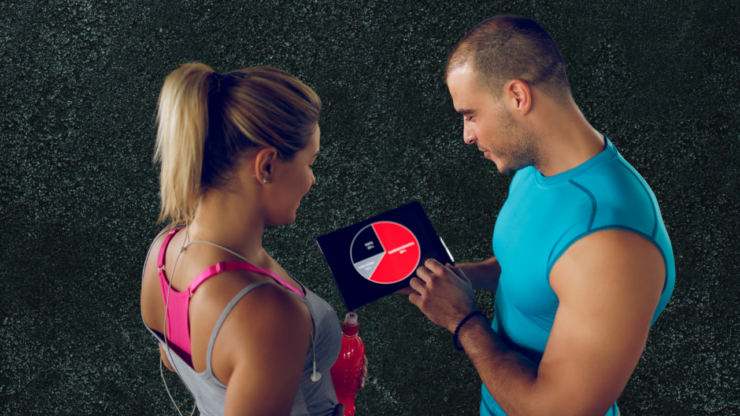
It’s always a good idea to reach out to a professional, especially if you’re feeling overwhelmed or confused by conflicting information. A registered dietitian or sports nutritionist can provide tailored advice and make sure you’re meeting all your nutrient needs.
Even if you don’t work with one full-time, consulting a professional can give you the confidence that your plan is balanced and effective.
A Personalized Nutrition Plan is a Game-Changer
By fueling your body the right way, you’re not only giving yourself the energy to perform at your best but also supporting your overall health and recovery. Remember, no one-size-fits-all approach works in sports nutrition, but when you take the time to listen to your body and adjust, you’ll find what works best for you. Now, go crush it!
